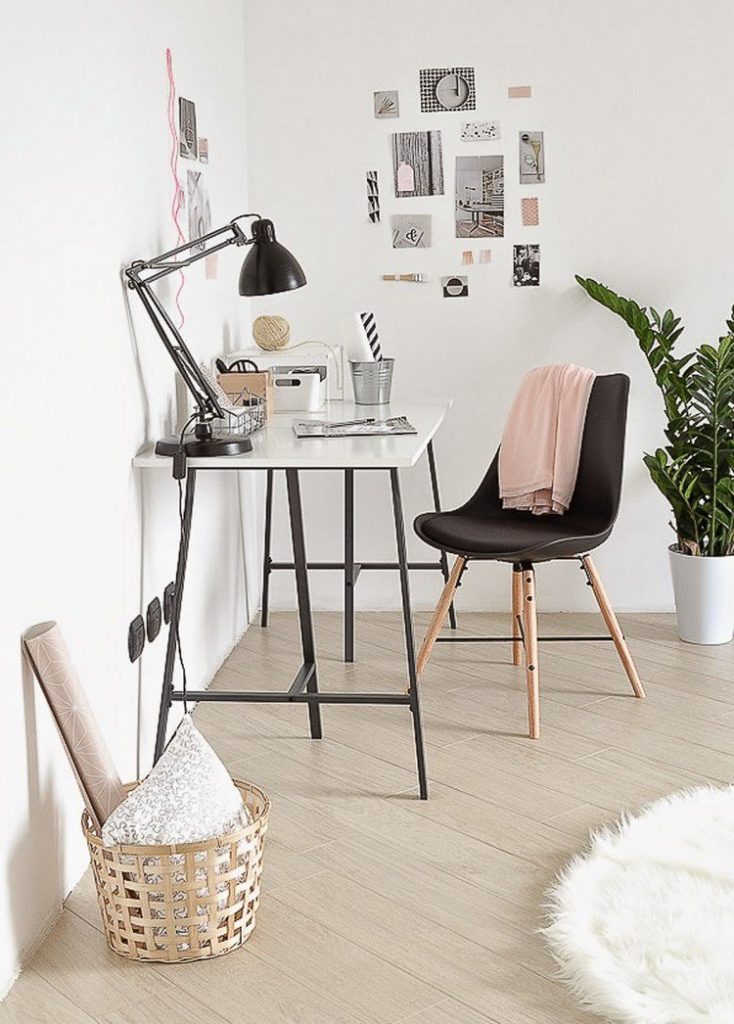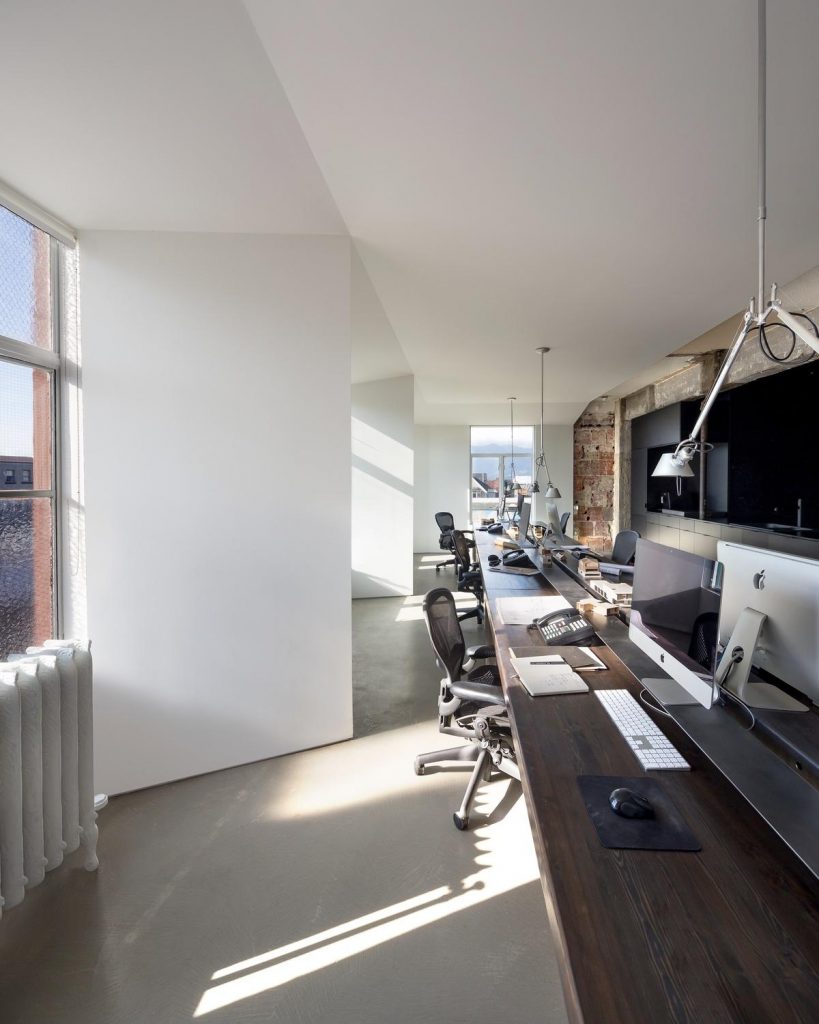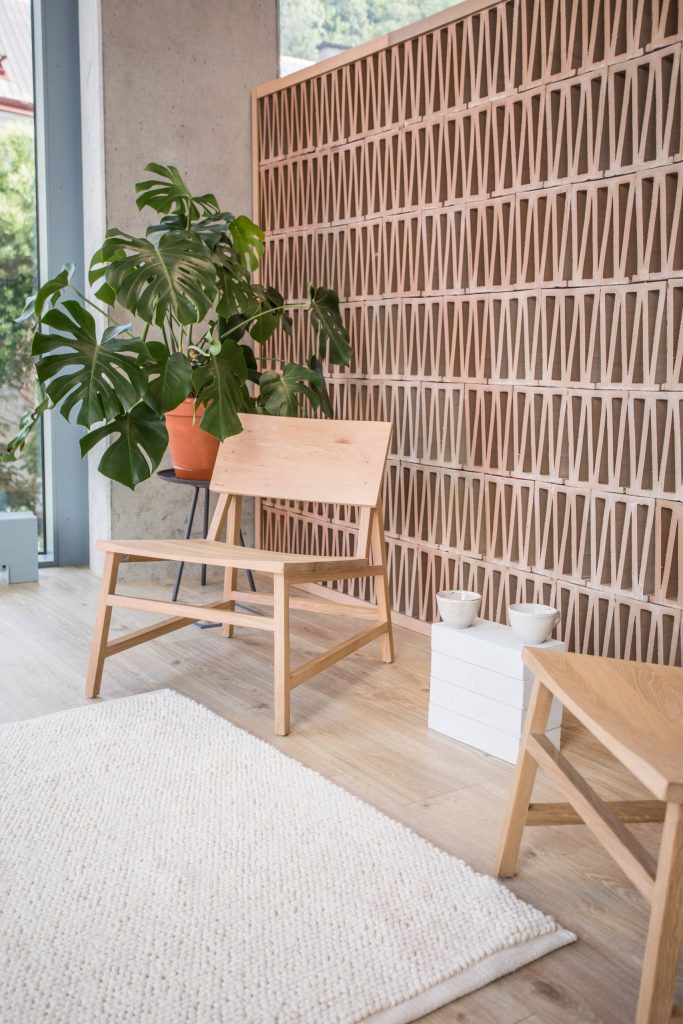
8 Things Every Architect Needs
Architects enjoy a lucrative role where they can express their creativity and witness the fruits of their labor. With more than 140,000 architects in the United States, there are ample opportunities to start your own business and grow.
Unfortunately, after qualifying, it doesn’t take long for you to discover how difficult the role can be. Maximizing your productivity while managing your business can feel like a thankless task. So here are some extras that every architect needs.
1. Invest in a Chair Emphasizing Comfort

Most architects will spend a considerable number of hours sitting at their desks. Maintaining your productivity over these long hours can be a challenge. However, comfort is the key to productivity.
Any veteran architect will tell you about the importance of an ergonomic chair designed for you. You need good support, especially for your spine, and a beautiful design that brightens up your workstation.
2. The Workstation that Brings Your Ideas to Life
Your workstation is where the magic happens. When choosing a workstation, you need a large working area because only a portion of your time will be spent working on the computer. Unlike other desk workers, you’ll need space to spread out with your tracing paper and stencils.
Smaller desks may negate the risk of making your workstation too claustrophobic and cluttered, but most architects will quickly become frustrated by a smaller workspace, especially if self-employed.
If you don’t have a larger space to work with, consider a desk that comes with some built-in storage, so you can avoid clutter while still giving yourself the space you need to work.
3. Protect Yourself with Insurance
With the average architect enjoying a median U.S. salary of $80,000 per year, you need to protect your business. The chances of something going wrong may be low, but it still leaves you with the Sword of Damocles hanging over your head.
Comprehensive architect insurance protects you if something goes wrong. If you’re running your own business, you need for managing your risks. On the other hand, their insurance policy should cover you if you’re working for a larger firm. However, it’s always worth asking about this to make sure you’re protected if someone decides to sue you personally.
Do your research, and don’t opt for the cheapest insurance option available. Comprehensive cover will protect you in a time of crisis.
4. Design a Budget
The architecture business has never been more advanced. Leveraging state-of-the-art technology enhances your productivity and delivers better results for your clients. But unfortunately, it’s easy for a new architect to get lost in the rabbit hole of different solutions.
Before spending anything, design a budget to prevent overspending. You don’t need top-of-the-range solutions for everything to be able to do your job.
Go over your business plan and determine what your must-haves are. Largescale spending during the early stages of your venture risks putting undue pressure on you at a time when you should be focusing on laying the foundations of a successful long-term business.
5. Spend Your Time on Building
The chances are you’ve already spent time working for an architect company before going into business for yourself. So you’ve likely already got the skills to design a building, but how much do you know about the actual building process?
Working with procurement specialists and site managers gives you valuable insights, but you may have missed out on the in-depth work of bringing your plan to life.
Owning your own architecture company means you need to get your hands dirty. There’s no better way to learn about the building process than actually getting your hands dirty. Lend your efforts to a charity project or seek out a mentor who knows their stuff.
You’ll be thankful for the hands-on knowledge.
6. Create a Brand
Brands are often associated with the retail business, but anyone offering professional services will need to market themselves. You’re competing with other architects, and so you need a brand that emphasizes your unique selling points.
You’re a designer, a creative, and a builder all in one. Use your skills to craft a brand that catches the eye and encourages people to buy. Whether you outsource the issue to a marketing team or not, nobody knows your brand better than you do.
Establishing and building a brand early will open you up to a far greater range of potential clients, which will also enable you to get a head start on the competition.
7. Diversified Revenue Streams
Younger architects hold a common misconception that they’re there to design buildings. Yes, architecture is primarily about designing buildings, but this isn’t enough to land those large, lucrative contracts.
Keeping your company afloat during economic downturns means thinking outside the box, and that means diversifying your revenue streams.
Writing blogs, collaborating on textbooks, and offering consulting services are just some of the ways you can diversify. In addition, focusing on building your professional reputation will open up new income streams and make you more attractive to those big-ticket clients.
8. Don’t Neglect Hand-Drawing
Every architect will rely on their digital design software during the course of their work. Therefore, great software is essential to your success.
However, the old-fashioned processes of pencils, stencils, and tracing paper remain an essential conduit for getting inspired and keeping those creative juices flowing.
Maintain your sharpness in those old-fashioned processes. There’s a reason why many experienced architects continue to draw their first ideas by hand even today.
Even if it doesn’t work for you, it’s always ideal to possess these skills if you’re designing on the go or your computer systems have gone down.
Conclusion
Architecture’s art goes much further than designing office blocks and apartment buildings. Building your own business enables you to land those multi-million dollar contracts while establishing yourself as a trustworthy brand.
Like any new venture, you need a plan. So take the time to go over your business plan, including the numbers, revenue streams, and how you will brand yourself. You’re not just an architect anymore. You’re an entrepreneur.
What are the most important things in your line of work?




